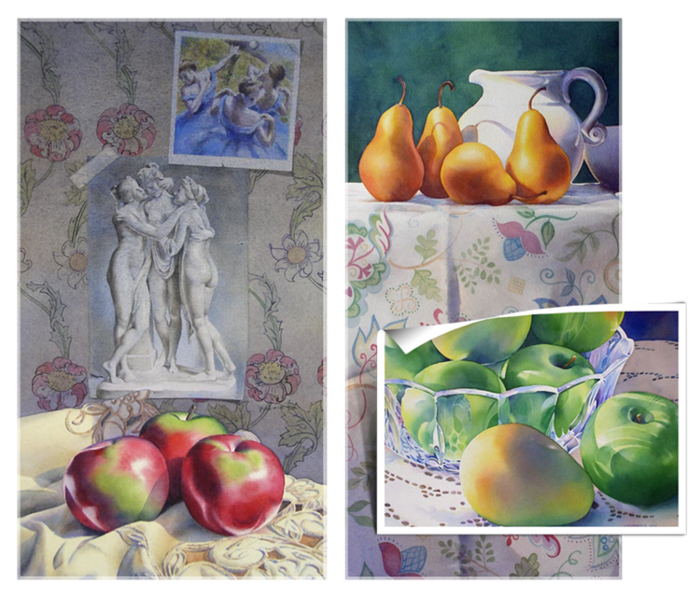 /i0.wp.com/www.paintingwithwatercolors.com/wp-content/uploads/2016/09/North-Richmond-grassland-Copy.jpg?resize=300,224&ssl=1" target="_blank">https://i0.wp.com/www.paintingwithwatercolors.com/...jpg?resize=300%2C224&ssl=1 300w, https://i0.wp.com/www.paintingwithwatercolors.com/...jpg?resize=768%2C574&ssl=1 768w, https://i0.wp.com/www.paintingwithwatercolors.com/...jpg?resize=624%2C466&ssl=1 624w" width="624" />
/i0.wp.com/www.paintingwithwatercolors.com/wp-content/uploads/2016/09/North-Richmond-grassland-Copy.jpg?resize=300,224&ssl=1" target="_blank">https://i0.wp.com/www.paintingwithwatercolors.com/...jpg?resize=300%2C224&ssl=1 300w, https://i0.wp.com/www.paintingwithwatercolors.com/...jpg?resize=768%2C574&ssl=1 768w, https://i0.wp.com/www.paintingwithwatercolors.com/...jpg?resize=624%2C466&ssl=1 624w" width="624" />One of the questions I am most frequently asked by my students has to do with how to mix greens. No other color generates as much confusion regarding how it is mixed. Green is produced when you mix blue with yellow. However, as most blue and yellow pigments are not pure colors i.e. they contain a little of a second or third primary (red, yellow or blue) color, there is a tremendous range of pigments which can be used, in combination, to produce a green. I think this may be one of the reason artists can have trouble mixing it.
I prefer to mix my green colors, rather than just using them straight from the tube. In this way, I can create more interesting variations in the green passages of my paintings — the mixed colors partially separate on the paper. Also, I find the premixed greens can be too bright for the landscape paintings I like to produce.



























